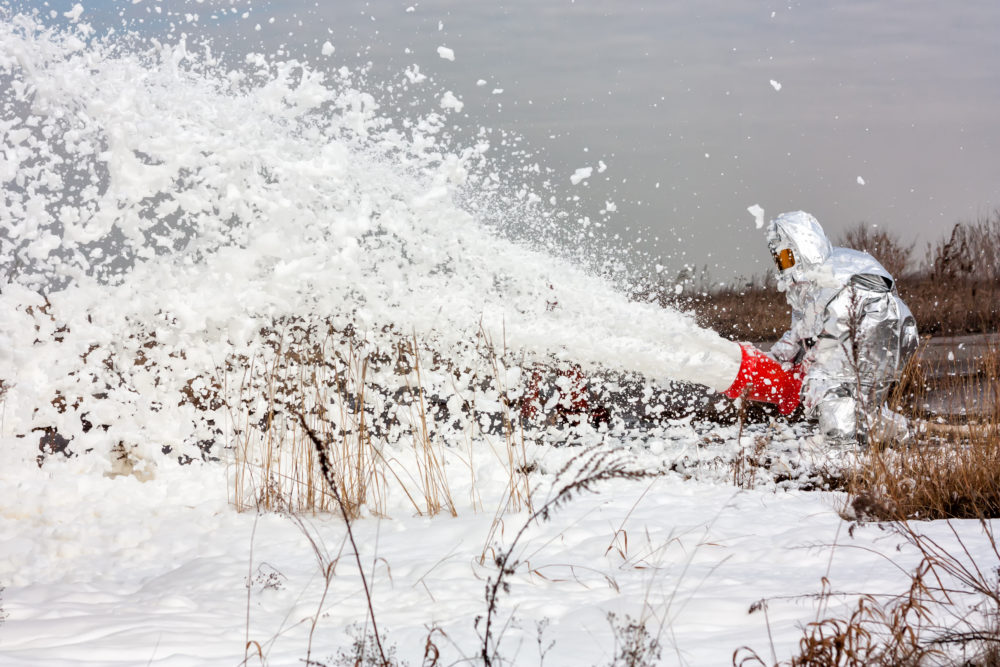Nanofiltration May Be Key For Preventing Toxic Firefighting Foam Water Contamination: Study

As communities nationwide face growing concerns over water contamination from toxic chemicals found in aqueous film forming foams (AFFFs) used by military and civilian firefighters, the findings of a new study highlight potential processes that may be key to addressing the problems.
Aqueous film-forming foam has been used for decades at military bases and by some civilian fire fighting organizations throughout the United States to fight petroleum-based fires which cannot be controlled or subdued by water alone, containing per- and polyfluoroalkyl substances (PFAS) chemicals, which are known to increase the risk of cancer among humans.
Over the past decade, a number of communities throughout the U.S., especially those near military bases and other firefighter training locations, have been dealing with high levels of PFAS in local water sources, which are often difficult to remove.

Learn More About
Exposure to firefighting foam chemicals may result in an increased risk of cancer for firefighters, military and airport personnel.
Learn More About this Lawsuit SEE IF YOU QUALIFY FOR COMPENSATIONIn a report published this month in the journal Water Research, researchers from Colorado School of Mines indicate nanofiltration may be key to removing the cancer-causing chemicals from water supplies, before it reaches drinking water fountains and faucets.
Researchers were able to filter out more than 97% of 42 different types of PFAS chemicals using high-pressure membranes that employed nanofiltration and reverse osmosis techniques.
“PFAS are difficult chemicals to degrade or remove from water, and conventional drinking water and wastewater treatment processes are largely ineffective in their treatment,” the researchers noted. “As a result, significant research has been initiated to develop more effective PFAS treatment technologies.”
Two of the most effective discovered by the researchers are nanofiltration (NF) and reverse osmosis (RO). Nanofiltration is a newer technique is very similar to reverse osmosis. It is a membrane liquid separation technology, but the pore sizes in the membrane, through which the water passes, are only around 0.001 microns in size. It is effective in removing most organic substances, such as viruses and chemical compounds, natural organic matter and salts. It also tends to soften hard water.
Reverse osmosis filters have pores even smaller, around 0.0001 microns, and in general is considered the best form of filtration, leaving behind virtually pure water.
The researchers noted further studies are still recommended, however the filters kept out more than 97% of 42 known PFAS chemicals for more than 13 days of continuous operation, and the filters were unaffected by varying performance conditions.
The findings of this latest study come amid a growing number of firefighting foam lawsuits, which have been filed in courts throughout the United States, including claims presented by local governments and water districts, as well as claims brought by former firefighters diagnosed with testicular cancer, kidney cancer, pancreatic cancer and other injuries after direct exposure to the chemicals.
Given common questions of fact and law raised in the litigation, all cases filed throughout the federal court system are currently centralized in the U.S. District Court for the District of South Carolina for coordinated discovery and pretrial proceedings, where small groups of water contamination cases and cancer claims are being prepared for early trial dates.
Get more articles like this sent directly to your inbox.
"*" indicates required fields






0 Comments